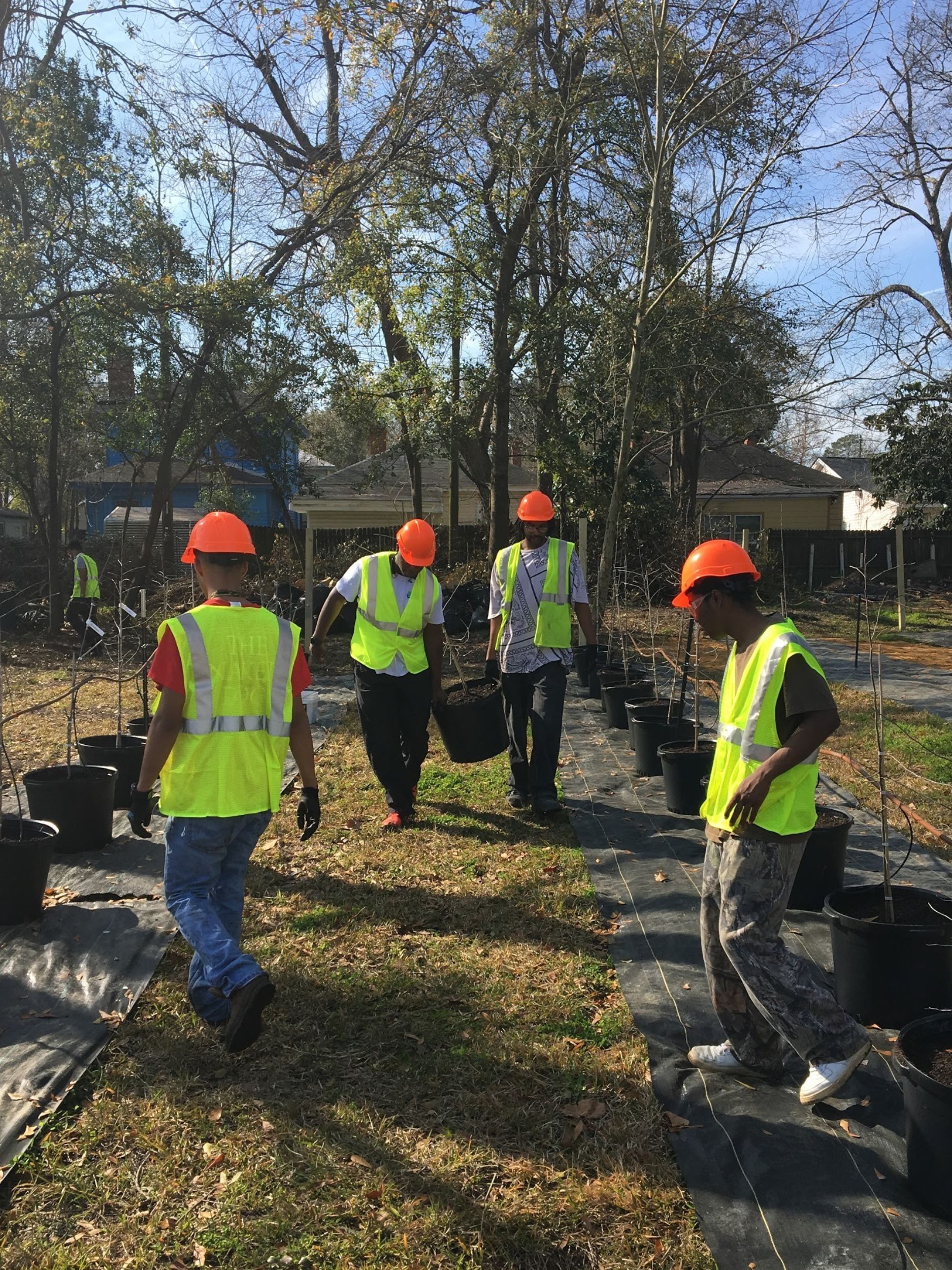The 2025 Mentorship Program Has Launched: Meet This Year’s Inspiring Cohort!
“...working specifically with the ASAP mentors program, I’ve seen how it can catalyze the career of a mentee from early struggles to solid landings in new positions to advancing their caree,r becoming not only a continuing and active ASAP member, but a leader in the field.”
“I was in [a] previous cohort…as a mentee, and I found it extremely valuable for me both personally and professionally…I want to give back and serve as a Mentor this year, where I hope to provide wisdom and expertise I can to a mentee in this field to support their personal and professional goals.”
“There’s a lot to learn from early career professionals with different outlooks and more specialized education, and I hope to help new names, faces, and ideas enter and enrich the adaptation field; we need all the help we can get!”
This past month in Southeast Florida, Miami-Dade County, an ASAP organizational member, alongside the City of Miami and the City of Miami Beach released their Resilient305 Strateg. The Resilient305 Strategy will act as a guide for the Greater Miami area and the Beaches’ climate resilience challenges, touching on topics from rising sea levels to public health and affordable housing.…
Read MoreTrees are the cornerstone of Savannah, GA’s green infrastructure system. With increases in population and overall city growth, the number of trees and tree canopy cover has drastically decreased. In an effort to restore Savannah’s green canopy, renew several marginalized communities, and reduce stormwater runoff and flooding events, Savannah’s Office of Sustainability and their partners launched a…
Read MoreHome to the Mescalero Apache Tribe, the Sacramento Mountains in southern New Mexico are experiencing a warmer, drier climate and an increase in extreme weather events. In the face of a changing climate, the Tribe is building capacity—and climate resilience—through forestry management, habitat protection, and an innovative approach to healthy eating. Read this case study…
Read MoreEarlier this year, a Judge in Virginia Beach, VA confirmed the City Council could use research on sea level rise to make decisions on zoning and new construction, even if it was not previously built into City codes and regulations. This ruling was the result of a developer suing the City for denying a zoning amendment who…
Read More
